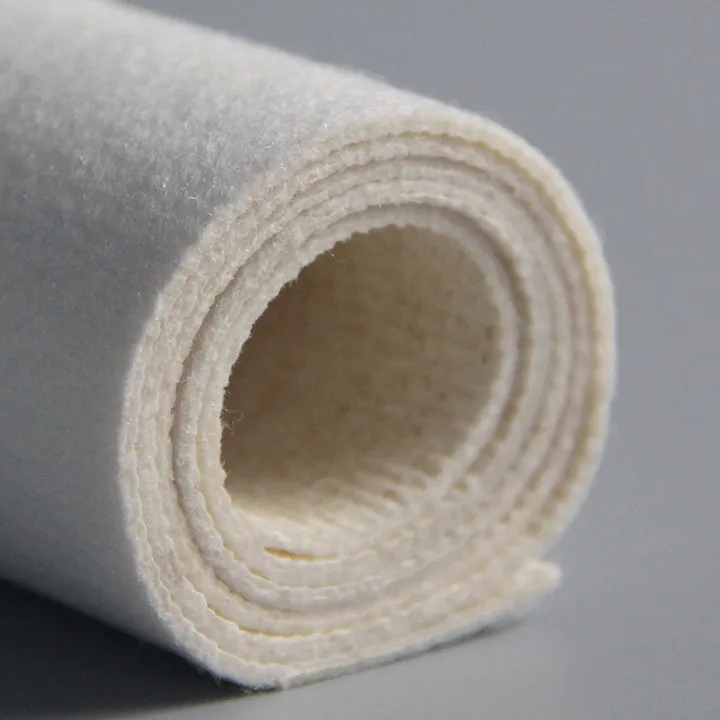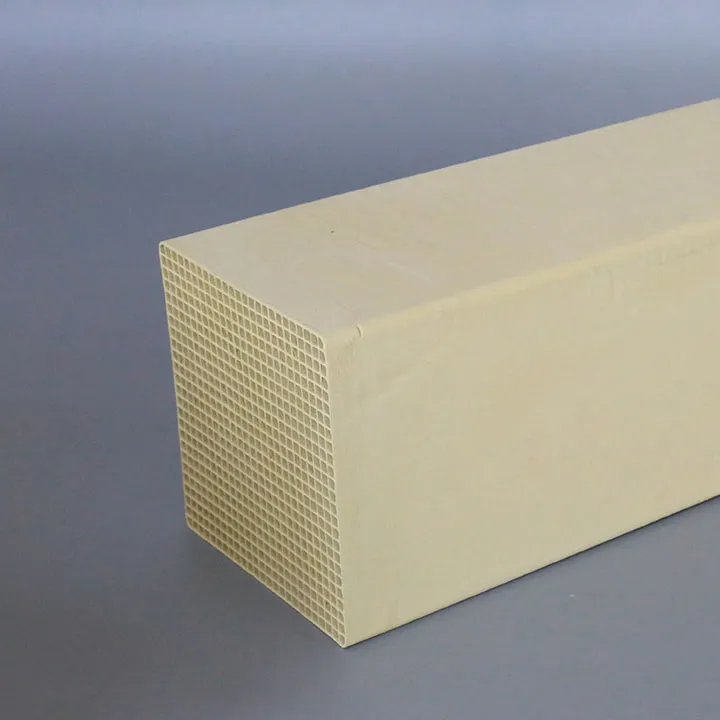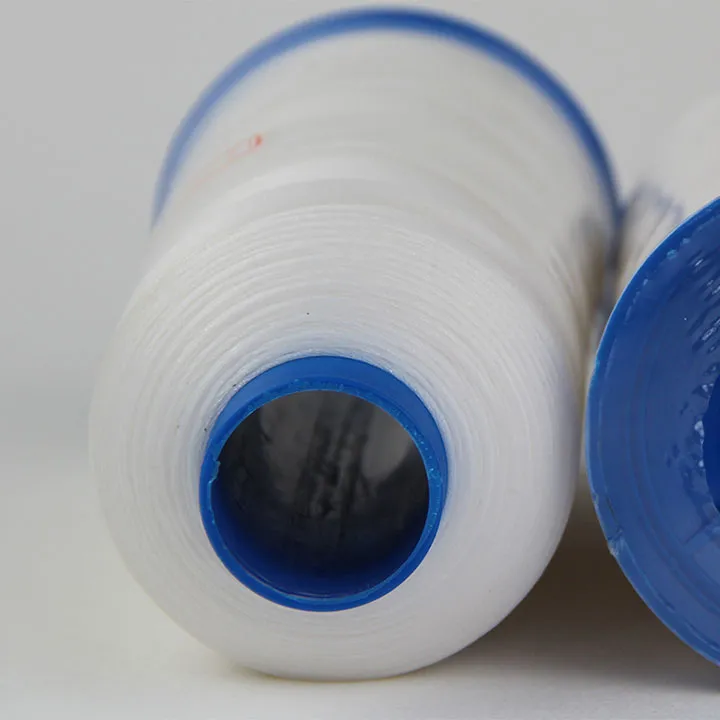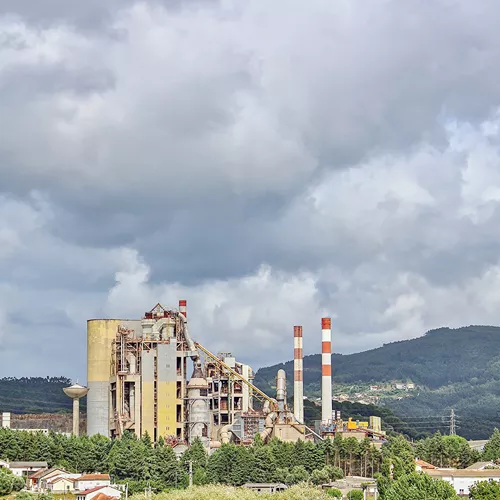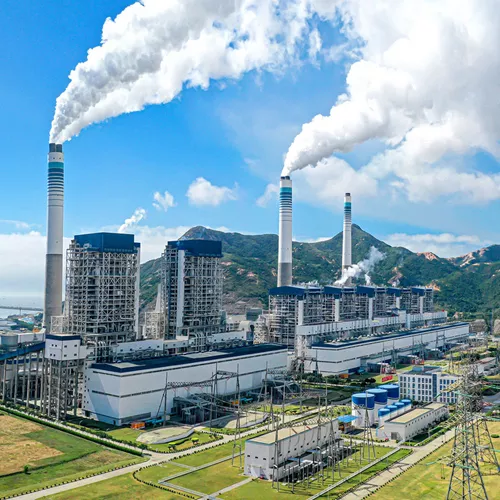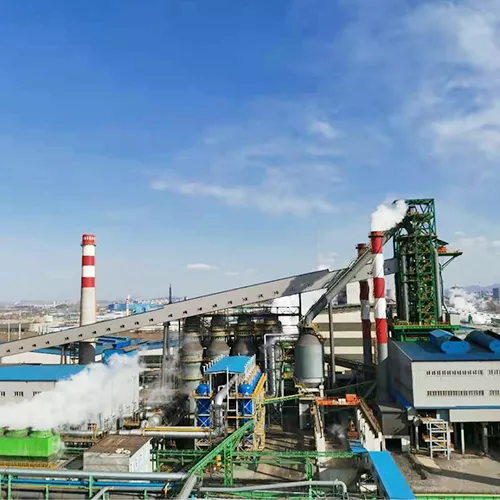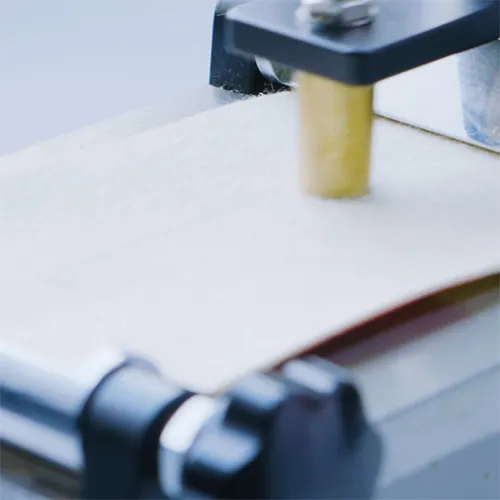Classifications & Uses Of Needle Punched Geotextile Filter Fabric
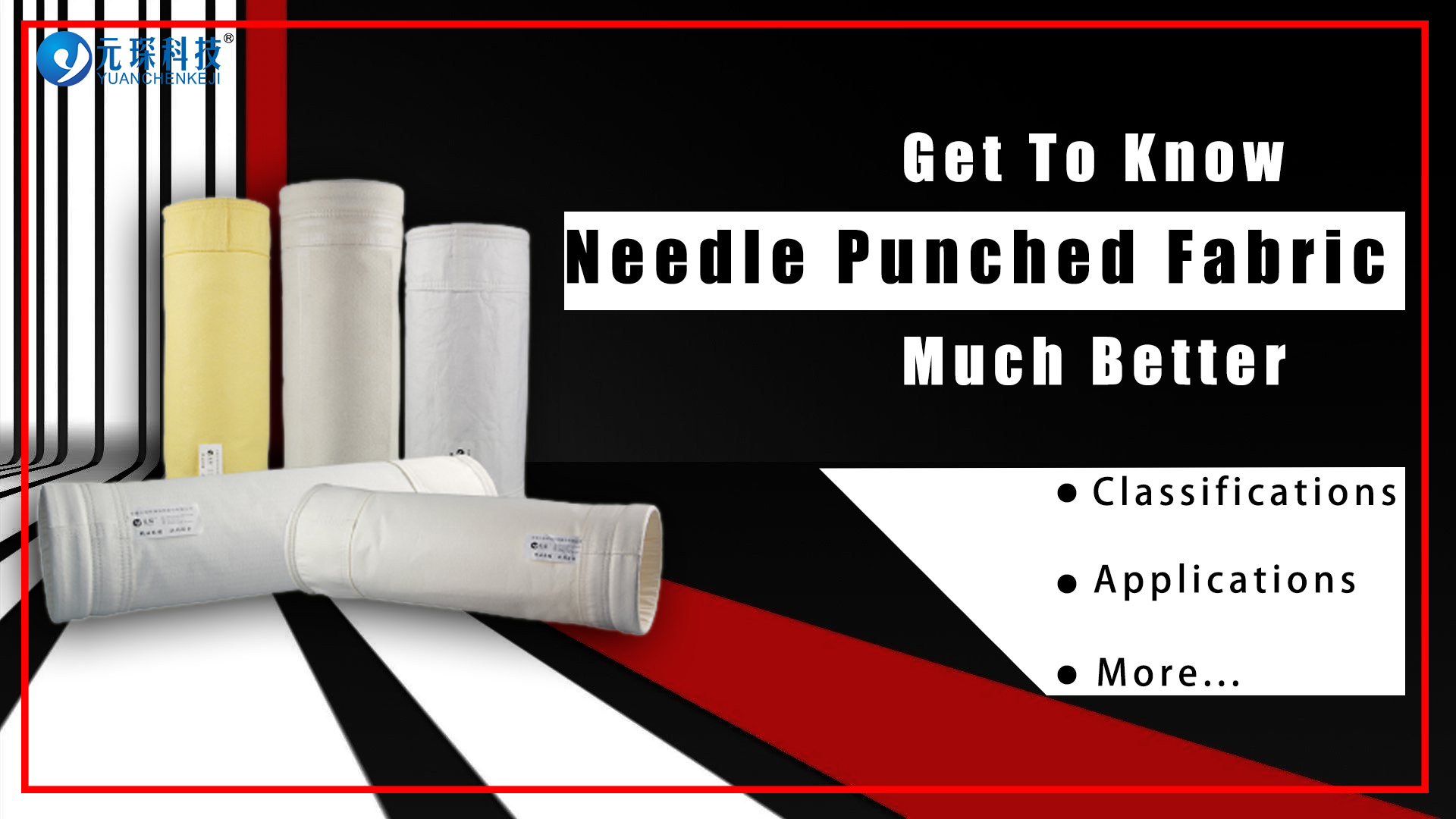
Needle-punched geotextile filter fabrics are an extremely versatile class of technical textiles with diverse applications in civil engineering and environmental projects. Correct identification of the many types of needle punched geotextiles along with knowledge of their specialized properties enables proper selection and usage to fulfill desired design functions. This article will provide a comprehensive overview of the classifications and applications of needle-punched nonwoven geotextile filter fabrics.
Classifications of Needle Punched Geotextile Filter Fabrics
Needle-punched geotextiles can be categorized according to their material composition, manufacturing process, and functional properties.
Material Composition
The base polymers used to produce the staple fibers define the geotextile type:
– Polyester geotextiles exhibit good resistance to chemicals and environmental stress cracking. High-strength polyester is optimal for demanding applications.
– Polypropylene geotextiles are resistant to acids, alkalis, salts, and fungi. They provide good filtration and drainage capacity.
– Polyamide (nylon) geotextiles have high tensile properties but are prone to hydrolysis in acidic or alkaline conditions.
– Acrylic geotextiles offer UV resistance but have reduced strength compared to polyolefins.
– Combinations like polypropylene-polyester blends combine the beneficial properties of each polymer.
Manufacturing Process
The staple fibers are mechanically interlocked by the needle punching process. This involves thousands of barbed needles repeatedly penetrating the fiber mat. The fiber entanglements created give needle punched geotextiles their strength and durability.
Key process variables include:
– Area density or mass per unit area, expressed in gm/m2
– Gauge or number of needle punches per unit area
– Depth of needle penetration
– Shape, number, and configuration of needles
Functional Classification
Geotextiles are classified into categories based on their primary functions:
– Filtration Geotextiles – Permit passage of fluids while retaining soil particles. Control clogging through optimized aperture size distribution.
– Drainage Geotextiles – Transmit fluids uni- or multi-directionally within soil structures. Requires good transmissivity and crush resistance.
– Erosion Control Geotextiles – Protect against surface erosion. Requires good water penetration and soil retention properties.
– Reinforcement Geotextiles – Add tensile strength to soil masses. Requires high tensile strength and stiffness.
– Separation Geotextiles – Prevent mixing of dissimilar soil layers. Requires good puncture resistance.
The tailored pore structure and physical properties of needle punched nonwovens make them ideal filtration and drainage geotextiles.
Applications of Needle Punched Filter Fabrics
Needle punched geotextile filters and drains provide critical functionality in the following applications:
Transportation Engineering
– Subgrade stabilization – Separation and reinforcement geotextiles prevent pumping and rutting failures.
– Road drainage – Geocomposite drains with nonwoven geotextile filters collect runoff and prolong service life.
– Paved shoulders – Geotextile reinforcement strengthens shoulder substrate and enables use of local marginal aggregates.
– Railway ballast filtration – Geotextile filters placed between ballast and sub-ballast prevent fouling and loss of drainage.
Site Development
– Pond liners – Needle-punched nonwoven geotextiles as laminated filters prevent loss of waterproofing membranes.
– Landfill leachate collection – Geocomposite drains with geotextile filters collect leachate while preventing clogging.
– Retaining walls – Geotextile filters wrapped around free-draining backfill zones preserve drainage capacity.
– Building foundations – Geotextile sheet drains and geocomposite drains prevent the build-up of hydrostatic pressures.
Environmental and Coastal Engineering
– Streambank stabilization – Heavyweight nonwovens stabilize banks and prevent erosion.
– Sediment control in canals – Silt fences with geotextile filters prevent sediment loss and waterway pollution.
– Coastal drainage filtration – Geotextiles around coastal structures preserve drainage and prevent sand infiltration.
– Solid waste containment – Geosynthetic clay liners with geotextile filters prevent landfill leakage.
Agricultural Applications
– Subsurface drainage systems – Geotextiles envelop drainage tubing and preserve water flow.
– Irrigation canals – Geotextile filters prevent erosion and maintain water quality.
– Pond liners – Needle-punched nonwovens prevent leakage and contamination.
Advantages of Needle Punched Geotextile Filter Fabrics
Needle punched nonwoven geotextiles offer numerous performance benefits over other geotextile types:
– The homogeneous fiber matrix provides exceptional filtration efficiency compared to woven geotextiles.
– The intricate entanglement of fibers yields good permeability and transmissivity.
– The isotropic fiber structure ensures uniform properties in all directions.
– The high void content and porous surface texture resist clogging.
– The rough surface texture promotes positive mechanical bonding with soil.
– The fabric flexibility accommodates settlements and deformations.
– They are more economical than woven geotextiles with equivalent mechanical properties.
Successful projects across the world validate the advantages of needle punched nonwoven geotextiles for filtration and drainage applications over other geotextile classes.
Summary
In summary, needle punched nonwoven geotextiles represent an adaptable class of filter fabrics customizable in composition and properties for targeted filtration and drainage functions in civil, transportation, coastal, and environmental engineering projects. Correct specification considering the application demands and site conditions ensures the geotextile protects the design life and performance of the infrastructure. With their multitude of classifications and construction uses, needle-punched filter fabrics will continue to serve as a critical geosynthetic material supporting sustainable development.



